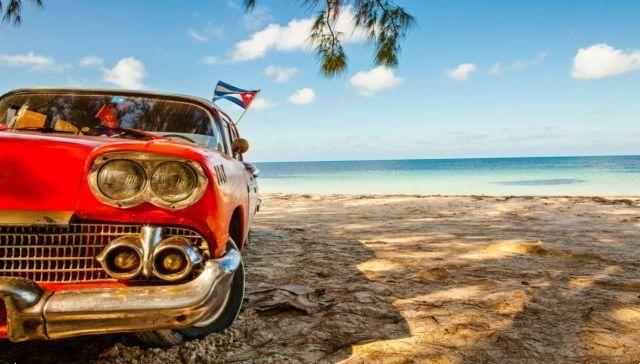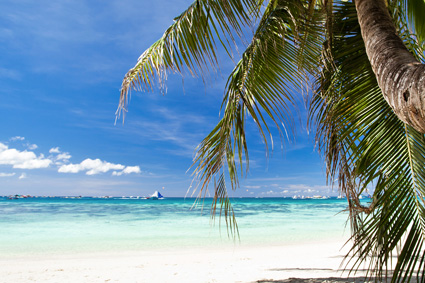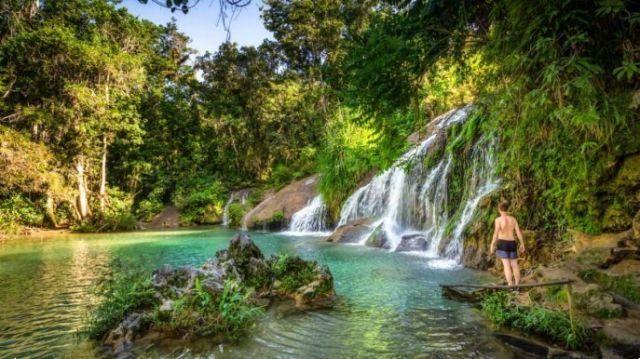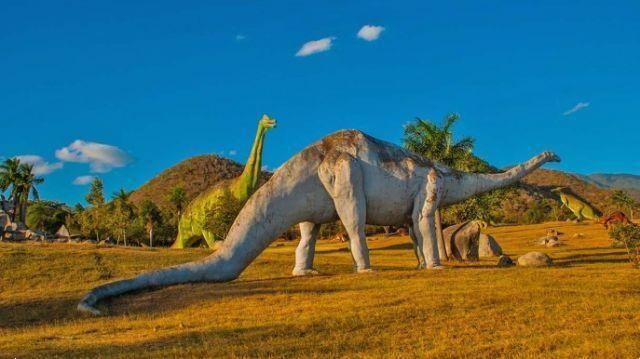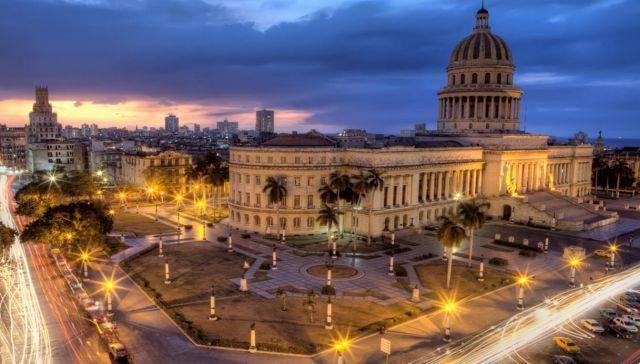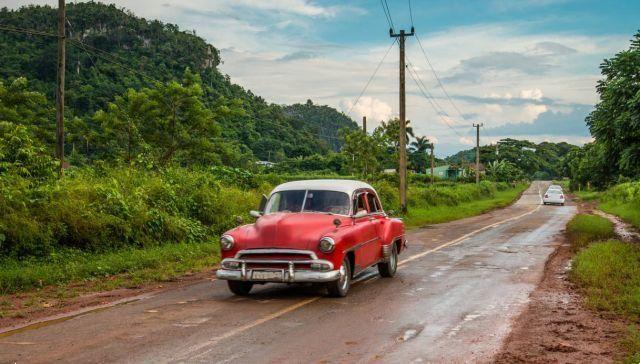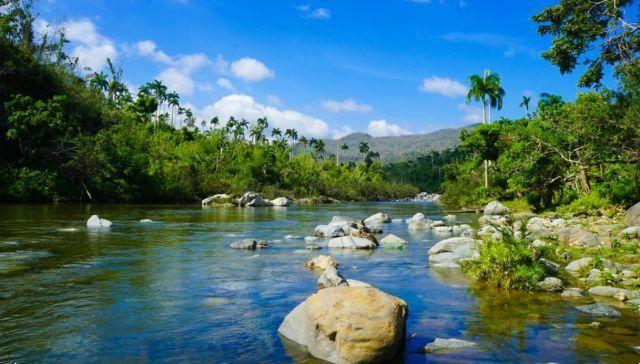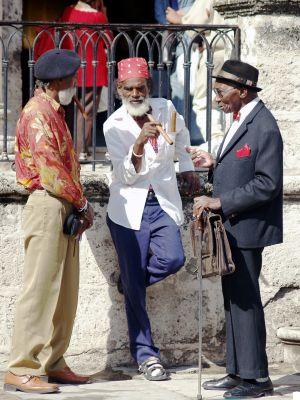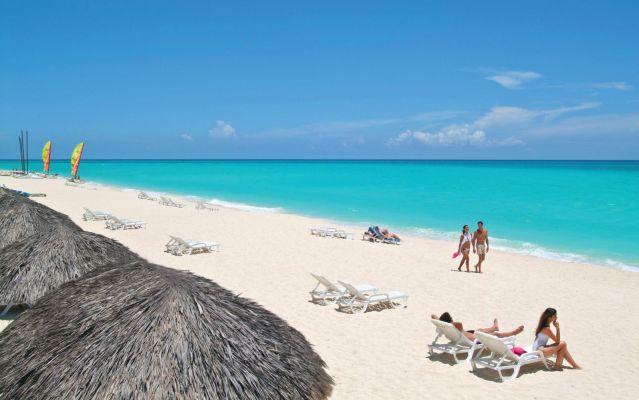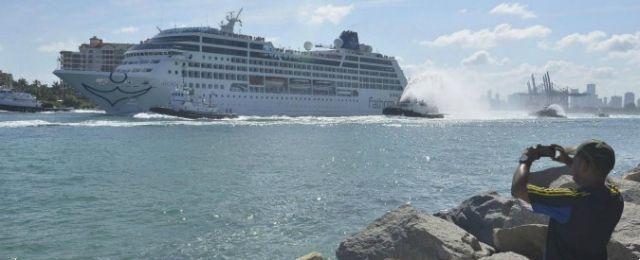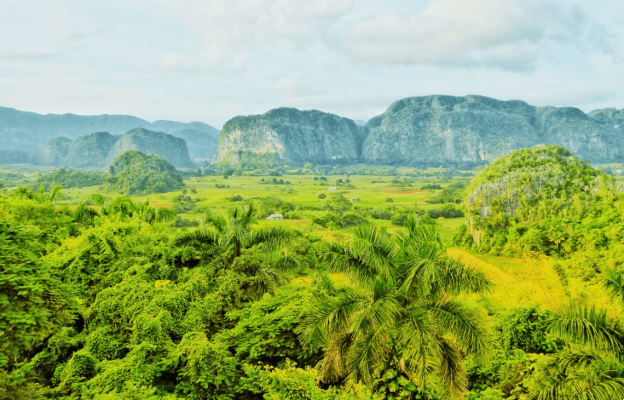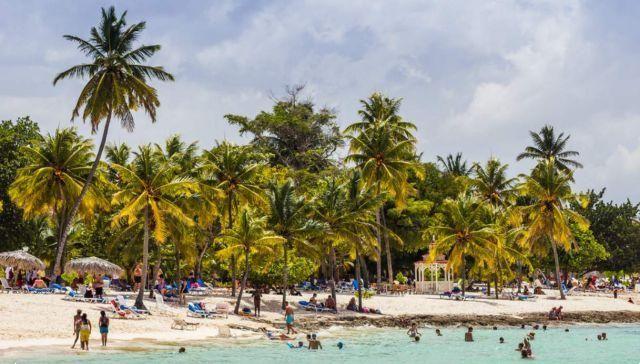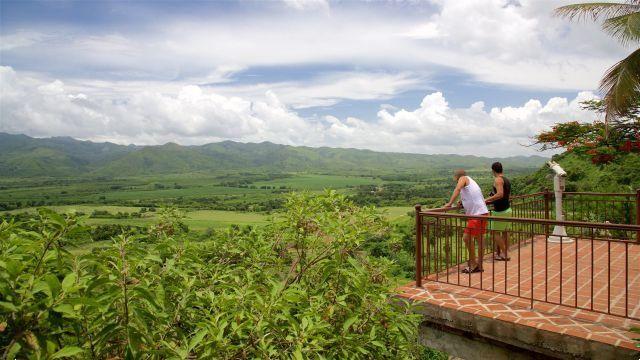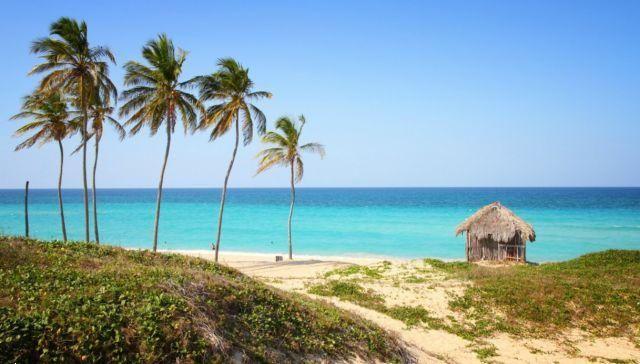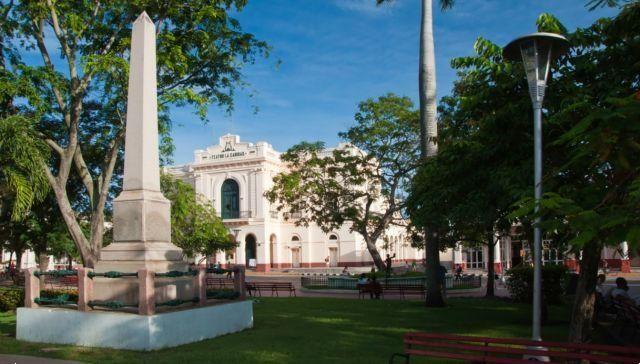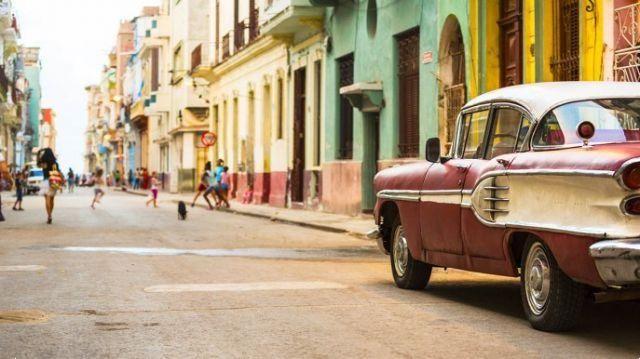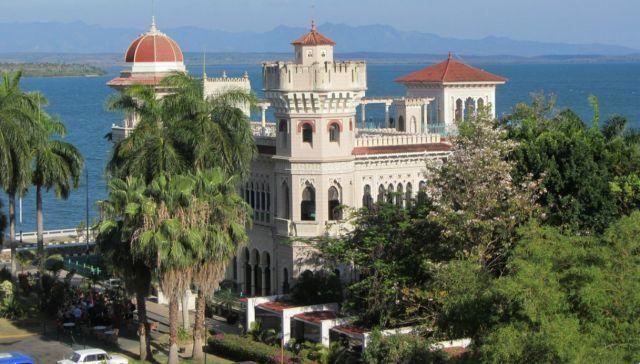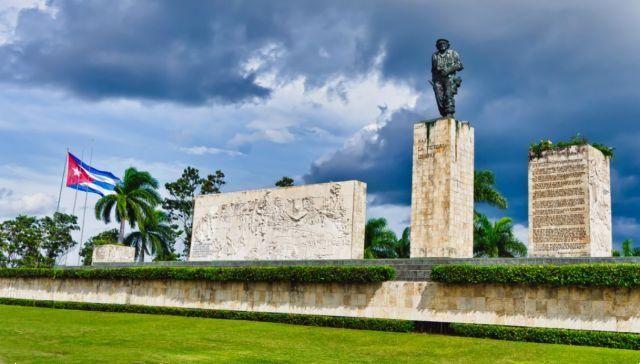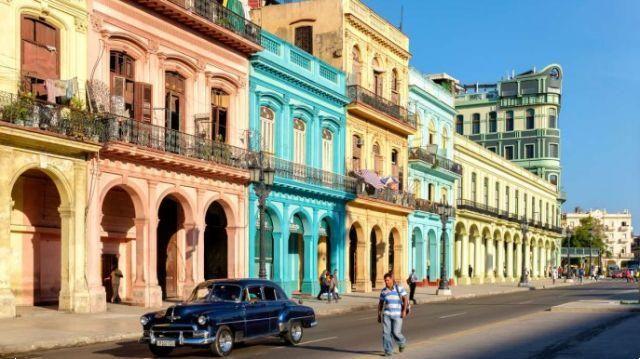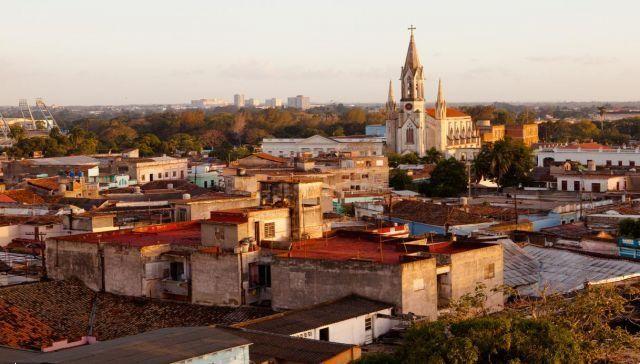 Camaguey is one of the most interesting urban areas in Cuba and is a city rich in history and culture and close to some of the most beautiful beaches on the island.
Camaguey is one of the most interesting urban areas in Cuba and is a city rich in history and culture and close to some of the most beautiful beaches on the island.
Casa Particular in Camaguey it is a charming city of 300.000 inhabitants in the central eastern part of Cuba and the capital of the province of the same name. Its history has its roots in the first Spanish colonization which took place at the beginning of the XNUMXth century, when the town of was founded Saint Mary of Port-au-Prince, a port not far from the current urban center. Over the following centuries, the city of Puerto Principe was evacuated and re-founded near present-day Camaguey as a form of defense from the continuous attacks of pirates and buccaneers who infested the Caribbean Sea devoting themselves to looting and destruction. The current historic center of Camaguey, the magnificent labyrinth made of irregular blocks, is also the result of this defensive necessity which led to numerous movements in the past. One of the most famous attacks in Camaguey was organized by the fearsome pirate Henry Morgan in 1668, leaving behind a fire that profoundly changed the center of the city.
Today Camaguey is a very popular tourist destination both for its charming historic center and for the splendid beaches that are located a short distance from the city: let's discover its secrets and the destinations not to be missed on a journey through its magnificent labyrinth of Cuban history and culture .
The center of Camaguey opens up to the eyes of visitors like a magnificent labyrinth of streets and small streets that intersect in a forest of branches between the Spanish colonial style buildings of the oldest part of the city, connecting, sooner or later, with the main square of the city or San Juan de Dios Square. With an almost Mexican appearance, this beautiful square is the oldest heart of the city and the area that more than any other has maintained the original appearance of the Spanish urban centre. The colorful buildings surrounding the square host the best clubs and restaurants in the city and are the ideal place to stop for a quick meal.
Remaining on the square you can visit the suggestive Museum of San Juan de Dios, housed in a seventeenth-century building decorated in an original style ranging from Baroque to Moorish and which in the past was a hospital, high school and hurricane shelter. Inside the museum you can learn in detail the history of the city of Camaguey, from its foundation to its role during the Cuban Revolution of 1959.
To admire the entire urban network of Camaguey at a glance, you can visit the City Model, the scale model of the city preserved in the nineteenth-century building that houses the Centro de Interpretación del Patrimonio Camagüeyano. The large model, created following the example of Havana and Santiago, allows us to learn about the history of the city starting from its urban conformation and, although the exhibition panels are only in Spanish, the center staff is very knowledgeable and available to reveal all the secrets of the labyrinth of the historic center.
Walking along the city's main artery, Av. Republica, you can have a direct view of the liveliness of Cubans and visit the most interesting shops and the most avant-garde art galleries in Camaguey. The road leads to one of the most elegant squares in the historic center, Carmen Square, a small and charming area in the center where the production activities of tinajones, the large terracotta vases typical of the area, are concentrated, and where the suggestive Iglesia de Nuestra Señora del Carmen is located, in a splendid baroque style.
From this square you can admire the incredible and colorful typology of architectural styles that populate the streets of Camaguey: in fact you can see buildings in baroque, neoclassical, art deco, neocolonial style, as well as various examples of true eclecticism and rationalism.
To learn about some of the most illustrious inhabitants of Camaguey's past you must visit the Finlay House Museum, the Casa Natal and the Ignacio Agramonte Museum. The first is the museum housed in the house of Carlos J. Finlay, a Cuban doctor who studied a cure for yellow fever all his life thanks to the discovery of the way in which mosquitoes transmit the virus, and among the rooms you can learn about the his life dedicated to caring for and helping others. The other two institutions are linked to the name of Ignacio Agramonte, the hero of the independence struggle against the Spanish, celebrated in the spectacular Plaza de la Revolucion, and exhibit a very rich collection of memorabilia, documents and testimonies on his history.
Camaguey is also the base from which many tourists depart to visit the most beautiful beaches of the Cuban coast, such as Cayo Romano, Cayo Guajaba, Cayo Sabinal and, above all, the famous Santa Lucia Beach. The latter is one of the best known and most celebrated beaches in Cuba, a wonderful bay of very fine white beach that embraces a spectacular sea and considered a true paradise for diving. Playa Santa Lucia is located just 2 kilometers from the second largest coral reef in the world after the Australian reef and for this reason it has at least 40 different species of coral as well as thousands of colorful tropical fish, sharks, turtles and other wonderful marine animals .
Located about 100 kilometers from the center of Camaguey, Playa Santa Lucia is a place that still manages to live with a certain balance between its tourist vocation and respect for the delicate natural ecosystem of the coral reef, characteristics that make it highly appreciated by travelers in search of the most authentic Caribbean nature.




